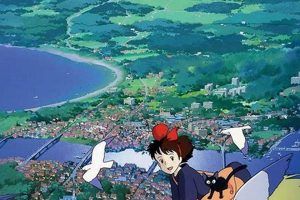
The documentation of strategies implemented by British organizations to manage and reduce employee commuting and business-related journeys, alongside an analysis of their effectiveness, forms a body of evidence valuable for understanding transport... Read more »

